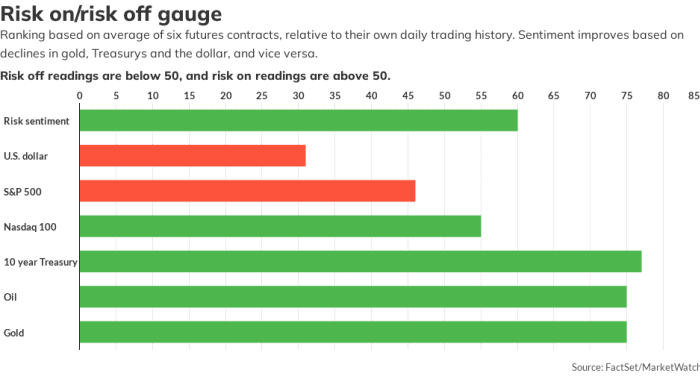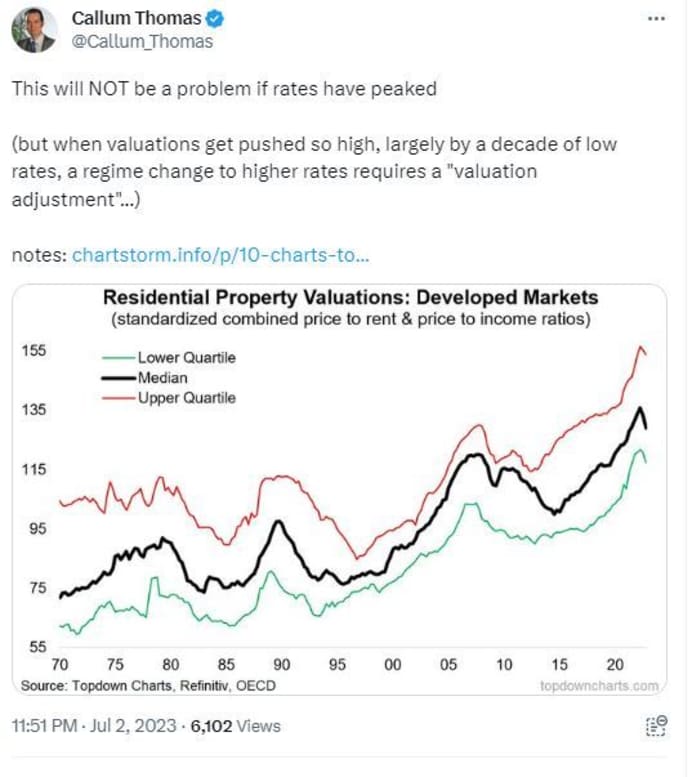In 2007, my now ex-husband and I bought a home, where we lived as a family with our two boys for just a few years before we divorced in 2009. I refinanced the house in my name, and have paid the mortgage and utilities as a single parent ever since.
In 2016, I met and started dating a man. We lived apart, only about 10 to 15 minutes from each other. In 2021, after I battled cancer, he proposed and I accepted. Since we only lived a few minutes apart, I stayed at my husband’s two-bedroom condo Thursday through Sunday, and spent Sunday through Thursday at my house, where I worked from home. I did this for years.
My oldest son moved back in with me in 2021. He graduated high school in 2017 and I gave him a gap year living at my house to decide on his next move, after which he moved out and started his career. He lived on his own for a year, then lived with my parents for a year. He met a girl; they signed a lease and then the pandemic hit. After their lease was up, they broke up, and he decided to go back to college full time. I agreed that he could live in my home while he attended college. His tuition is covered by grants and a 529 fund his grandmother set up.
In 2022, my then boyfriend and I married. However, we still didn’t move in together full time, as I still had my house, and my youngest son had not yet graduated high school. I wanted to be home with him.
Helping to support two households
My youngest son, 19, graduated high school in 2023. Later that summer, I moved out of my house to stay with my husband full time. I pay 50% of the expenses living with my husband and 100% of the expenses for my house, where the boys live.
I kept both households going so my youngest could have a gap year of his own, and to cushion my oldest, whom I really didn’t think would go to college, while he attended to his studies. They are young and finding their way, and I wanted to give them the support I felt like they needed. But here we are in 2024, and I can’t afford to keep both households running without impacting my ability to save for retirement.
Here’s my dilemma: I don’t know how to get my boys out of my house so I can clean it up, stage it and list it for sale. We live in an area where the average two-bedroom apartment rents for $1,800 a month. My youngest works full time following his passion for BMWs and makes about $2,400 a month. My oldest, 25, works part time in retail and makes about $1,000 a month while he attends college. They both work within 3 miles of my home. They simply can’t afford to move out, and I can’t afford to keep paying for two households.
To complicate matters, I have about $100,000 in equity in the house, and I’d like to use it to pay off some small debts and buy a car, as well as put the rest in retirement. But my mother, who has had a long and successful career in real estate, thinks I should wait it out and let my equity continue to build, giving the boys some cushion while they are still finding their way.
Do I shop around and find them an apartment, help them set up utilities and help them with movers? Do we build a project plan with a deadline, or just keep looking for places in the hope that we eventually find one we like? Do I subsidize their monthly expenses and give them each $400 a month for utilities, if they cover their rent?
I know this is probably easy for other people, but I am at a loss as to how and when to do this. We all feel stuck, scared and anxious. Any advice is appreciated.
Wife & Mother
“On the subject of mothers, listen to your own. If you can rent out your home, pay the mortgage and wait for the value to increase, do that.”
MarketWatch illustration
Dear Wife & Mother,
The longer you support your two adult sons, the longer they will lean on you and need you as their personal ATM. You’ve brought them over the finish line, and then some. You raised them, educated them, and fed and clothed and housed them. Now you are paying for their electricity and other bills. It’s time for your sons to stand on their own two feet and, as my Irish mother would say, cut their cloth according to its measure.
On the subject of mothers, listen to your own. If you can rent out your home, pay the mortgage and wait for the value to increase, do that. Your mother works in real estate and knows what she’s talking about. Real estate, in an ideal world, is a long-term game. It’s time for your sons to downsize to a small apartment, and experience the joys of paying their own way and standing on their own two feet. You need to cut the cord.
Act with integrity and intention. The best way to make a big move — and this is probably as big a move emotionally as it is financially — is to prepare. Sit down with your sons and an independent financial adviser, and do a forensic accounting of their income and expenditure and where they spend their money. I can almost guarantee you that their subsidized lifestyle lends itself to spending money in areas where they could easily cut back.
There is an underlying feeling of guilt in your letter. Have you done enough? Yes. Should you do more? No, you have done plenty, and you’re now putting your sons before your own financial peace of mind and retirement. Does it make you a bad person, or an unfeeling one, if you decide to cut them off? Of course not. Quite the contrary: You can lead by example by showing them what it means to make tough decisions and stick to them.
When you have accounted for your sons’ income and expenditure, look at rentals in your neighborhood or adjoining neighborhoods, if need be. The aim is for them to start taking responsibility for themselves. They don’t need a two-bedroom apartment. They can live in a one-bedroom condo and take turns sleeping on the sofa bed. This is a rite of passage, and it teaches young people the value of money and what it means to take accountability for oneself.
The share of adult children in the U.S. living with their parents has steadily risen since the 1960s. In 2020, during the pandemic, one-third of children ages 18 to 34 lived with their parents as non-caregivers. Men and 18- to 24-year-olds, respectively, were more likely to live at home than women and 25- to 34-year-olds, according to a study distributed by the National Bureau of Economic Research. Parents get support at home; kids get to experience a low-cost lifestyle.
But while the NBER found social benefits to living with adult children and that it does not necessarily delay, retirement, the benefits of providing your children with a head start by giving them somewhere to live start to decline when your ability to save for retirement is impeded, and you’re burning money supporting two households. This is also money you can put towards vacations and new cars, and building a future with your husband. You deserve to enjoy life and put yourself first for a change. Tell your sons, “You’re ready. I’m ready. I love you. Let’s do this.””
You can email The Moneyist with any financial and ethical questions at [email protected], and follow Quentin Fottrell on X, the platform formerly known as Twitter.
Check out the Moneyist private Facebook group, where we look for answers to life’s thorniest money issues. Post your questions, tell me what you want to know more about, or weigh in on the latest Moneyist columns.
The Moneyist regrets he cannot reply to questions individually.
Previous columns by Quentin Fottrell:
‘She’s obsessed’: My mom moved into my house and refuses to move out. She has paid for repairs and appliances. What should I do?
Source link
#afford #paying #households #adult #sons #live #rentfree #house #pay #utilities #husbands #condo


